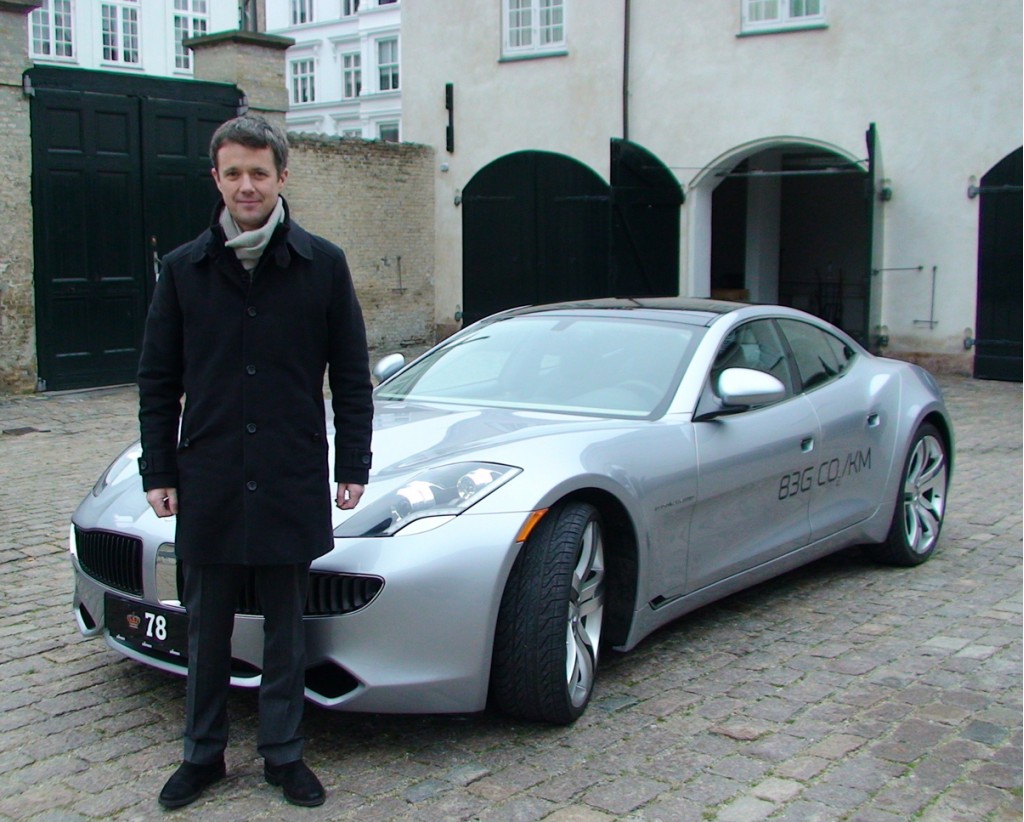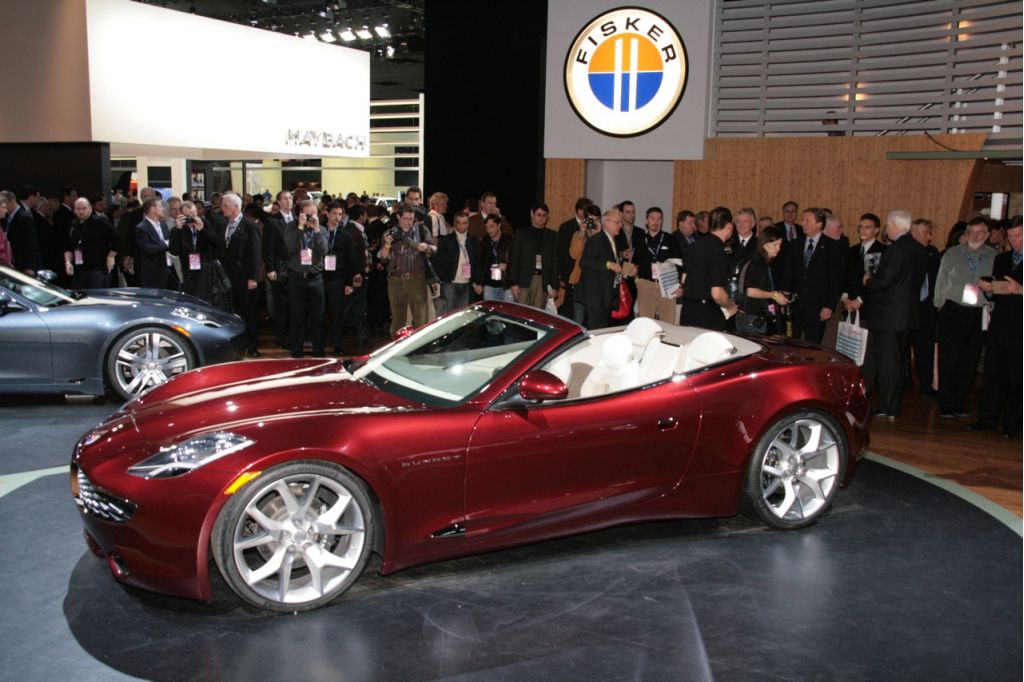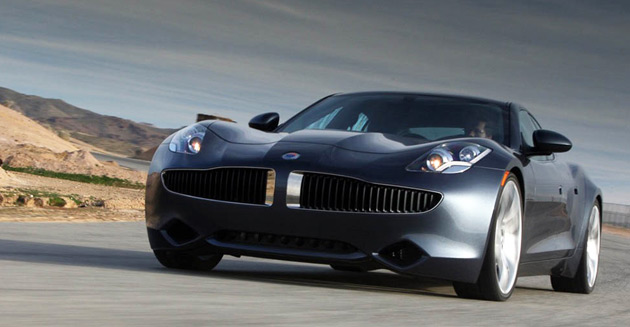While no journalist has yet driven a 2011 Fisker Karma with just nine months left before launch, the company will show the plug-in extended-range electric luxury sports sedan's aluminum space frame at this week's Geneva Motor Show.
Designed to distribute elements of the car's plug-in hybrid powertrain throughout the 2011 Karma, the space frame holds the range-extending engine-generator set under the hood.
The direct-injected, 2.0-liter Ecotec four is sourced from GM and powers a generator only; it does not mechanically drive the wheels.

Denmark Crown Prince Frederik and Fisker Karma

Fisker Karma

Auto Show picture of concept Fisker Karma S

Before the arrival of the low-cost model, Fisker plans to launch a more practical, family-oriented version of the Karma
Battery in central spine
The 22-kilowatt-hour lithium-ion battery pack, using iron-phosphate cells from A123 Systems (a last-minute switch), is located down the car's spine.
The area that might formerly have been called the "transmission tunnel" acts as a torque tube connecting front and rear bulkheads, and holds the pack in the car's least vulnerable area during an accident.
And the 300-kilowatt (403-horsepower) electric drive motor is mounted behind the rear seat, just ahead of the rear wheels.
Easy adaptation for new models
Founder Henrik Fisker noted that the main priorities for the design were very high torsional rigidity and easy adaptation for new body styles, including the 2012 Fisker Karma S two-door retractable hardtop that has already been exhibited at auto shows.
Fisker claims unprecedented levels of strength and rigidity for the structure, whose individual components are joined together not only by 260 feet (79 meters) of MIG welds but also by more than 1,000 rivets at crucial points. Static torsional rigidity--the structure's resistance to twisting forces on angled roads, for example--is quoted at more than 33,000 Newton-meters per degree.
Less costly repairs?
Like any modern vehicle, the structure is designed to collapse progressively in accidents, keeping the passenger rigid while dissipating forces away from occupants.
Fisker claims the space frame allows the front "crush box" to be replaced easily, reducing insurance costs--which are likely to be higher with an aluminum structure anyway.
50 all-electric miles
Fisker says the Karma sedan will travel 50 miles on electric power from the battery pack, and another 250 miles on electricity generated by the engine. Thecompany quotes a 0-to-62-mph time of about 6 seconds, and a top speed of more than 125 miles per hour.
Deliveries of the Karma are promised to begin late this year, at a price of $87,400 (before a $7,500 Federal tax credit).
While Fisker bought a former GM plant in Delaware to build its midsize "Project Nina" car, the manufacturing and assembly of 15,000 to 20,000 Karmas a year is being contracted out to Valmet Automotive, which will build the cars in Uusikaupunki, Finland.













